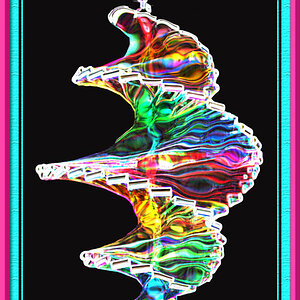Ricesim
TPF Noob!
- Joined
- Jan 19, 2012
- Messages
- 11
- Reaction score
- 0
- Location
- Seoul, South Korea
- Can others edit my Photos
- Photos OK to edit
Hello,
I'll start by saying I am super new to photography =P. I was wandering if I could get some advice on what I think is called "purple fringing" or maybe "chromatic abbrasion"? I'm am still learning terms ect. so bare with me =). So basically I picked up the Canon EF 50mm f/1.4 USM lens a few days ago and decided to do some shooting with it one day during training. After importing the photos to Light room I knowticed this purple like glowing edges on a few of the shots. My question is what kind of techniques can I use to minimalize this effect, and are the terms I used in the beginning the proper name for it?
Just to clarify I shoot with a Canon 60D, and this shot was taken with the Canon EF 50mm f/1.4 USM lens (ZEIKOS 58mm UV filter installed) in Raw with AWB and Auto ISO on, and in Adobe RGB.
This is one of the shots I first noticed it in.
Shot stats: f/1.4 1/60sec ISO 250 -1 step exposure RAW

This is the blow up portion where I am noticing the discoloration

Thanks guys =) I look forward to your advice.
I'll start by saying I am super new to photography =P. I was wandering if I could get some advice on what I think is called "purple fringing" or maybe "chromatic abbrasion"? I'm am still learning terms ect. so bare with me =). So basically I picked up the Canon EF 50mm f/1.4 USM lens a few days ago and decided to do some shooting with it one day during training. After importing the photos to Light room I knowticed this purple like glowing edges on a few of the shots. My question is what kind of techniques can I use to minimalize this effect, and are the terms I used in the beginning the proper name for it?
Just to clarify I shoot with a Canon 60D, and this shot was taken with the Canon EF 50mm f/1.4 USM lens (ZEIKOS 58mm UV filter installed) in Raw with AWB and Auto ISO on, and in Adobe RGB.
This is one of the shots I first noticed it in.
Shot stats: f/1.4 1/60sec ISO 250 -1 step exposure RAW
This is the blow up portion where I am noticing the discoloration

Thanks guys =) I look forward to your advice.










![[No title]](/data/xfmg/thumbnail/40/40307-b3813381d3c1ef8282c72905405b50fe.jpg?1619739413)


